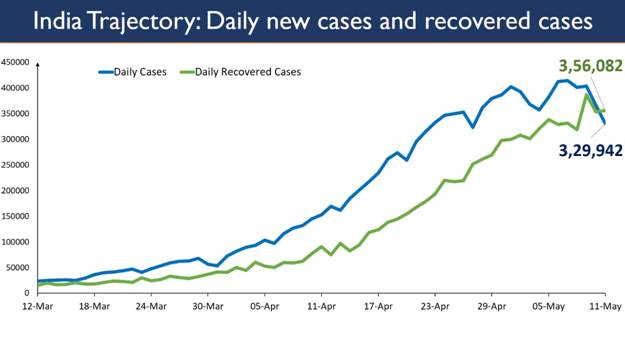February 13, 2024 – Climate researchers have uncovered evidence of rapid temperature fluctuations, known as Dansgaard-Oeschger events, occurring during the penultimate glacial period, shedding light on the dynamic climate variations of our planet’s past.
Led by Frederick Held, a PhD candidate in Quaternary Geology at the University of Basel, the study utilized isotopic measurements on stalagmites from the Sofular Cave in Turkey to analyze climate variability during the penultimate glacial period, which occurred approximately 135,000 to 190,000 years ago.
Until now, the occurrence of Dansgaard-Oeschger events during this earlier glacial period was uncertain, as previous climate records from Greenland only cover the last 120,000 years. However, Held’s research, published in the journal Nature Communications, confirms that these rapid temperature increases did indeed occur, albeit less frequently compared to the last glacial period.
“The temperature peaks during Dansgaard-Oeschger events were twice as far apart in the penultimate glacial period, indicating longer cold phases between them,” explains Held. These fluctuations originated in the North Atlantic, where ocean circulation played a crucial role in driving changes in atmospheric heat exchange and precipitation patterns.
“The strength of ocean circulation affects the balance of heat in the Northern Hemisphere and influences air flows and rainfall,” Held elaborates. “Weakened circulation also impacts the ocean’s absorption of CO2 from the atmosphere.”
By comparing data from stalagmites with marine sediment cores, the researchers gained a more comprehensive understanding of past climate dynamics. “The more pieces there are in the puzzle, the more accurate the picture of what happened, and feedback mechanisms can be captured more precisely,” says Held.
These findings not only contribute to our understanding of Earth’s past climate but also have implications for future climate modeling and prediction. “Patterns established from past climate data can help refine assumptions for future trends,” explains Professor Dominik Fleitmann, head of the research group. “Our dream is to create a continuous dataset for the last 600,000 to 700,000 years, allowing us to better understand the mechanisms driving abrupt climate fluctuations.”
As researchers continue to unravel the complexities of Earth’s climate history, they hope to answer remaining questions and refine climate models to better predict future climate trends and mitigate the impact of climate change.












